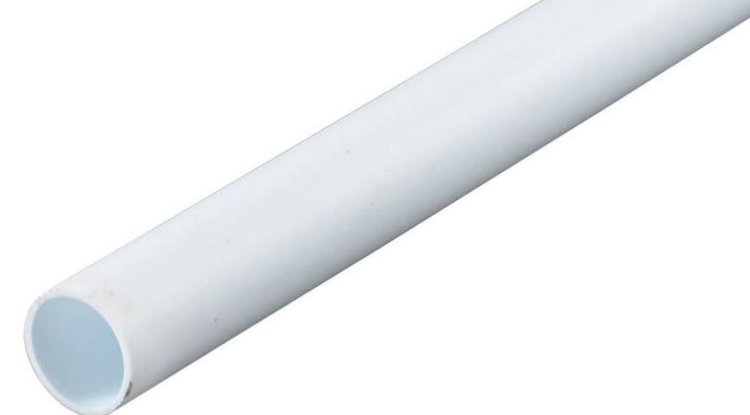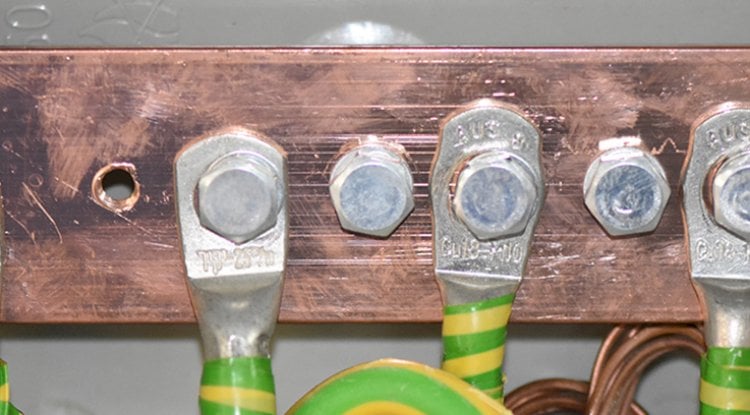Jorge asked:
Why should I be concerned about bonding the Neutral-to-Ground Bond in the main panel?
The Answer:
Neutral-to-ground bond is needed to properly operate the circuit breakers. Over Current Protection Devices (OCPD) such as circuit breakers and fuses actually require a short and intense INCREASE in electrical current (a short) in order to detect the fault and cut the circuit off. Without a sharp and drastic increase in electrical flow, a fault could go on without triggering a circuit breaker to stop the flow. This actually occurs quite often and can be measured easily by checking the amount of current flowing on your ground conductor. It should be less than 1-amp in most cases. If the current flowing on a grounded conductor is higher than an amp, and you are not in a high-voltage (600V+) environment, it typically indicates an erroneous neutral-to-ground bond somewhere in the system.
To visualize the reason why the neutral-to-ground bond is required, you must consider the entire electrical circuit from a 120-volt outlet all the way back to the utility transformer hanging out on the pole:
- In a properly designed circuit, if a fault were to occur on the 120-volt outlet between the hot-wire and the ground, the current will flow through ground wire back to the main panel, where it will move to the neutral wire via the neutral-to-ground bond, up to the utility transformer, back down the hot wire to the circuit breaker, tripping the breaker.
- In a faulty designed circuit, if a fault were to occur on the 120-volt outlet between the hot-wire and the ground, the current will flow through ground wire back to the main panel, where because it does not have a neutral-to-ground bond, the current will be forced through the ground rod, into and across the earth, and up the utility ground rod and into the utility transformer, back down the hot wire to the circuit breaker. The resistance of the earth is almost always to great to allow sufficient current flow to trip the breaker, and you end up with a steady-state ground fault, that never trips the breaker, and this is a hazardous situation indeed. You cannot use the earth as a conductor.
Another issue that can occur, is that multiple (and illegal) neutral-to-ground bonds can exist in the system (only one bond is allowed in the main panel). When this occurs, both the ground and the neutral become current-carrying conductors, which effectively means that you have two (2) neutral wires running in parallel. This divides the current and places electrical energy on to the chassis of all metallic objects within the system. Another hazardous situation.
Also, Arc-flash energy exposure can also go up if you don’t have a solid neutral to ground connection because of the inverse-time curves of circuit breakers.
This subject can be a very difficult concept to understand and the improper application of neutral-to-ground connections can have very serious and life-threatening consequences. If you have any doubts at all, we highly recommend getting a licensed electrician to assist you. We hope this information helps.
The Engineering Experts at E&S Grounding Solutions
Let's Talk! Schedule a FREE Phone Consultation Today.
Wherever you're located, learn how good a fit we are for your project.







